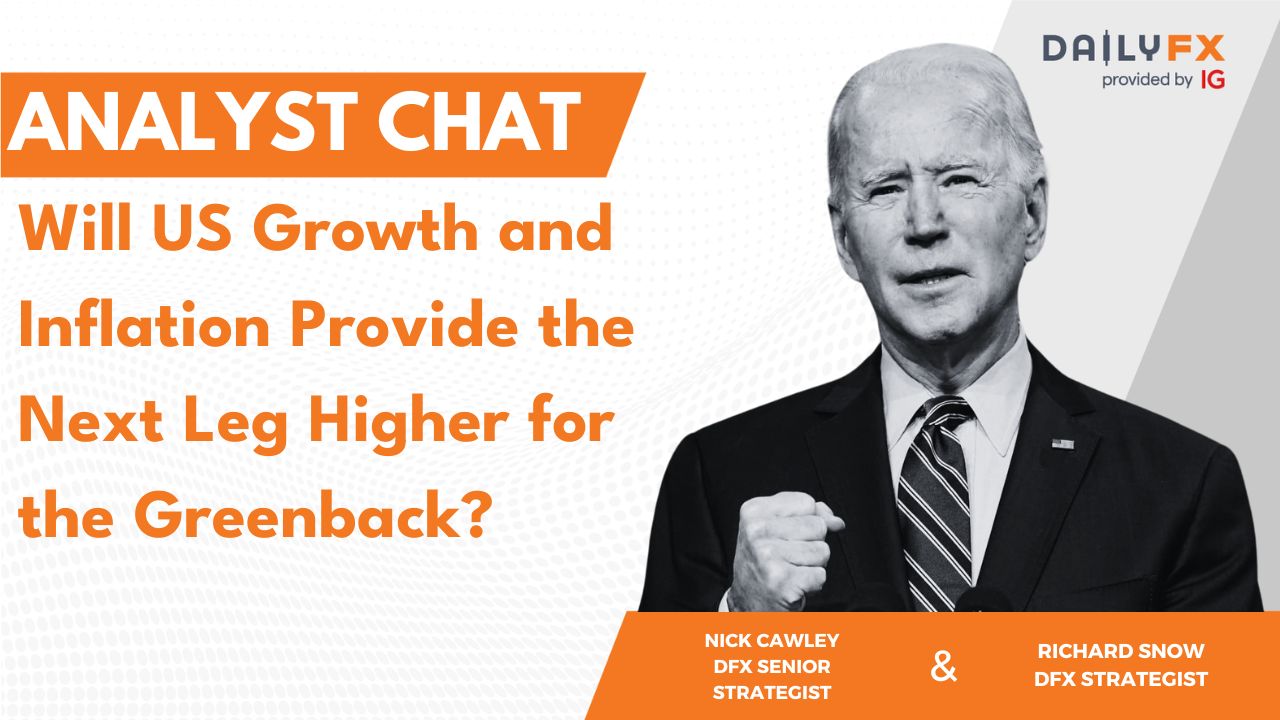US Dollar Outlook:
- The structure of the DXY Index’s bullish breakout remains ahead of the September US jobs report.
- USD/JPY rates may be forming a bull flag after the rally in August and early-September.
- The IG Client Sentiment Index suggests that USD/JPY has a mixed bias in the near-term.



US NFP Around the Corner
Mixed US economic data in recent days – a surprising drop in August US JOLTs and a surprising beat in the September US ISM services PMI – leaves the US Dollar (via the DXY Index) on tenuous footing ahead of the September US jobs report on Friday. ‘Good news is good news’ for the US Dollar, insofar as anything that points to a resilient US economy gives the Fed the evidence it needs to continue raising rates, which in turn translates into higher US Treasury yields. While EUR/USD and GBP/USD rates have rallied at the start of October, if US Dollar strength emerges, no pair may be better suited for a continuation effort than USD/JPY rates.
DXY PRICE INDEX TECHNICAL ANALYSIS: DailyTimeframe (October 2021 to October 2022) (CHART 1)

No asset has been trending stronger in recent weeks than the mighty US Dollar. Having broken out of an ascending triangle in September, the DXY Index reached a fresh yearly and multi-decade high by the end of the third quarter. Momentum has waned in recent days, even though the bullish breakout remains valid. The DXY Index is back above its daily 21-EMA (one-month moving average), though remains below the rest of its daily EMA envelope. Daily MACD is contracting, but is still above its signal line. Daily Slow Stochastics have fallen below their median line for the first time since mid-August. With other central banks already stepping back from future rate hikes, the Federal Reserve retains the mantle as the most aggressive major central bank at present time. ‘Buy the dip’ is the modus operandi for the greenback until the Fed pivots; a drop below 109.14 would offer a technical reason to think a top has formed otherwise.



USD/JPY RATE TECHNICAL ANALYSIS: DAILY TIMEFRAME (October 2021 to October 2022) (CHART 2)

Even though the DXY Index has sold off and the Japanese Ministry of Finance has intervened to support the Japanese Yen, the fact of the matter is that USD/JPY rates have clung to their recent highs. As long as the policy gap between the Bank of Japan and Fed remains, it will be difficult for USD/JPY rates to pullback meaningful.
Momentum has cooled without a corresponding pullback in price action. USD/JPY rates are above their daily EMA envelope, which remains in bullish sequential order. Daily MACD is declining, but still above its signal line. Daily Slow Stochastics are lingering below overbought territory. Accordingly, it may be the case that USD/JPY rates are carving out a bull flag after the rally in August and early-September.
IG Client Sentiment Index: USD/JPY RATE Forecast (October 5, 2022) (Chart 3)

USD/JPY: Retail trader data shows 21.79% of traders are net-long with the ratio of traders short to long at 3.59 to 1. The number of traders net-long is 2.28% higher than yesterday and 4.60% lower from last week, while the number of traders net-short is 3.78% lower than yesterday and 0.97% lower from last week.
We typically take a contrarian view to crowd sentiment, and the fact traders are net-short suggests USD/JPY prices may continue to rise.
Positioning is less net-short than yesterday but more net-short from last week. The combination of current sentiment and recent changes gives us a further mixed USD/JPY trading bias.
Trade Smarter - Sign up for the DailyFX Newsletter
Receive timely and compelling market commentary from the DailyFX team
--- Written by Christopher Vecchio, CFA, Senior Strategist






